On Monday, February 3rd, President Trump said that he would postpone taking extraordinary tariff action against Mexico and Canada by one month in exchange for proposed border tightening by both nations. But Trump has a history of leaving matters hanging to keep others off balance, as he showcased during Superbowl Sunday when he said he would impose 25 per cent tariffs on all steel and aluminum imports on Feb. 10, including from Canada and Mexico, as well as other import duties later in the week.
Until clarity is achieved, there will continue to be a lack of confidence concerning the structure of trading relations within North America. This is an issue of concern for Americans as much as for the citizens of the other two nations. The Governor of Kentucky was recently on major U.S. news outlets worrying about the fate of his state’s $9 billion in bourbon exports to Ontario and other provinces.
If the proposed tariffs are eventually imposed, the hurdle facing Canada will be 25% on everything except energy, which will be subject to a 10% surcharge.
Canada, like Mexico, should be protected from unilateral tariff action by the U.S. under the legal provisions of the USMCA trade agreement that replaced NAFTA, the North American Free Trade Agreement. Such is proving not to be the case.
The monthly U.S. goods trade deficit with Canada is generally minor. There are even months when a zero balance is nearly reached. It is not the degree of discrepancy that warrants the frontal offensive contained in the latest tariff measures.
Some analysts argue that for Canada (and Mexico and China, for that matter) to respond with retaliatory tariffs on American goods will double the negative impact. Then, not only will Canadian producers find it harder to sell into the U.S., but Canadian consumers will be made to pay more for many of their wanted items.
This ignores the reality of politics. Who among Canadian politicians will wish to be seen as taking it on the chin and handing over their lunch money? Equally repressive and specifically targeted tariffs (e.g., on oranges) and other measures (e.g., removing American liquor from provincially regulated store shelves) against U.S. goods have been made inevitable.
U.S. producers will lament their reduced access to a longstanding and crucial foreign market. Some U.S. consumers will find their paychecks won’t stretch as far on gasoline and other essentials. More than 60% of U.S. oil imports flow from Canada.
A particular sore point for the U.S. economy at present is the unavailability of cheap housing. The combination of stiffer tariffs on wood products and the deportation of undocumented laborers will remove the opportunity for price savings. Moreover, Los Angeles will need Canadian lumber to help with rebuilding efforts after its season of devastating wildfires. And the hoped-for easing in interest rates may become stalled if inflation stays stubbornly unfettered.
If President Trump’s real purpose behind the tariff increases is to find an offsetting source of funds to compensate for intended tax cuts, that’s a different matter warranting an alternative selling approach than taunting Canada with a 51st state label.
If you’ve ever heard me speak on the ‘rubber chicken’ circuit, you’ll know that I almost always mention that Canadians have been too complacent about their high standard of living. The takeaway is that in an increasingly competitive world marketplace, Canadians need to be thinking more strategically. The proof has never been made clearer.
Until recently, prior to LNG production in northwest British Columbia, Canada’s inability to move energy offshore, rather than to just the U.S., has also proven to be a hindrance. The fault has lain in obstacles to pipeline construction from environmental and land claim issues. A better framework for gaining approvals and persuading the voting public of the importance of support for such a key component of the nation’s economy should have been realized a long time ago.
The same goes for the formidable barriers to interprovincial trade. The majority of these need to be dismantled forthwith. Half-hearted efforts will no longer cut it.
While U.S. withdrawal behind tariff barriers may hold appeal for some American manufacturers, it will lead to the kinds of unintended consequences that may not show up for ten years, by which time the wrong path taken may have led to a cliff’s edge.
Spokespersons in the aerospace, motor vehicle, and construction sectors have pointed out that Canada is the largest foreign source of aluminum made in smelters. In the auto sector, there is no output that is unique to one nation alone. Parts and components flit back and forth between manufacturers in all three countries, often many times, before final assembly takes place, meaning that tariff impacts on the price of a car or truck can be substantial.
History has shown there can be thousands of inefficiencies arising from ‘protection’ when retaliatory tariff wars run rampant, eventually leading to more calls for government bailouts rather than less.
Let me wrap up in as plain language as I can summon. To all appearances and based on economic orthodoxy that warns about the perils of ‘beggaring thy neighbor,’ the tariff assault on Canada initiated by Washington’s newly inaugurated administration has the words ‘bad idea’ stamped all over it.
It would be best to put this contentious topic to permanent rest.


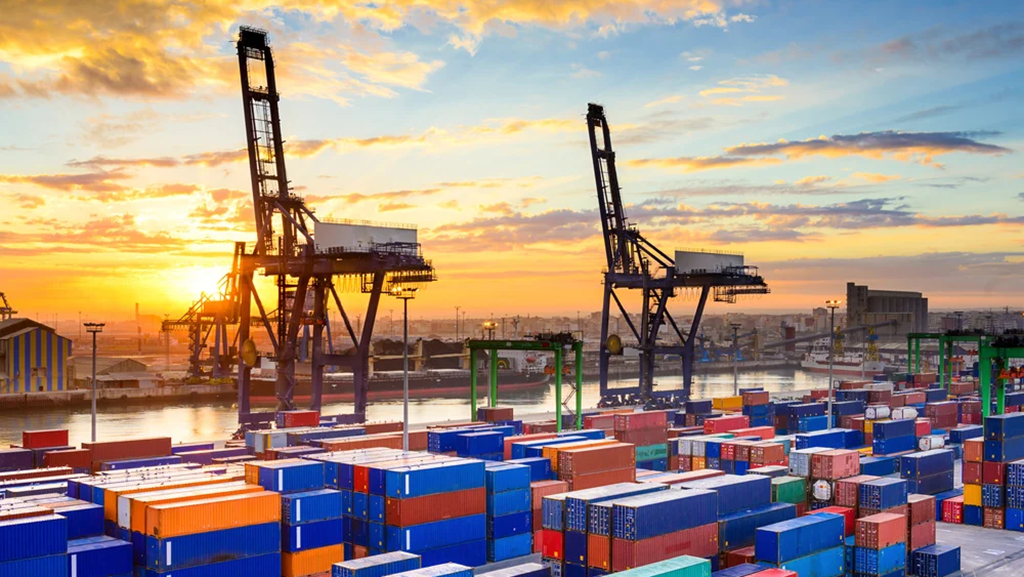
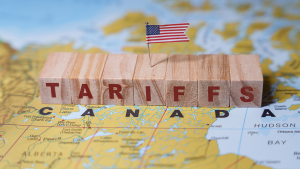
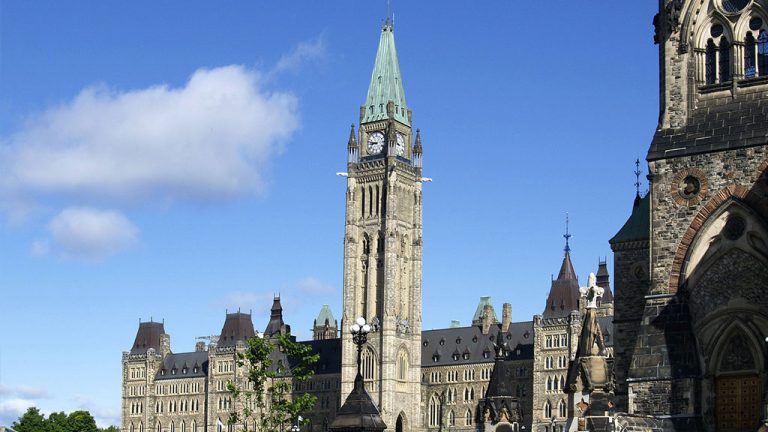

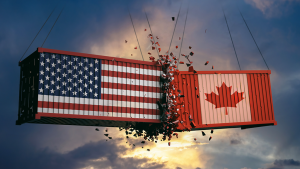
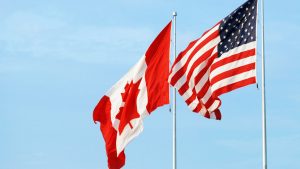
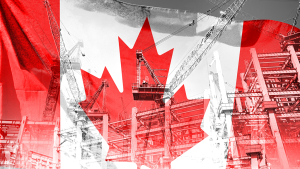

Recent Comments